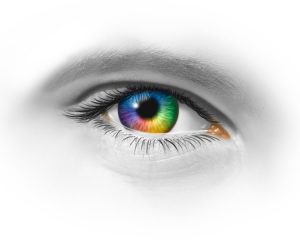There are many ways to design an art file, and it is important to know the optimal set up for the application. Art files for print are no exception, so we’ve included guidelines to help you know the best way to setup your file.
If you have additional questions regarding the setup of your art file, please do not hesitate to contact us!
 Native Art File Types
Native Art File Types
- Adobe Illustrator (.ai)
- PDF document (.pdf)
- Encapsulated Post Script (.eps)
- Adobe Indesign (.indd)
- Please contact for additional file types
Color Mode
- CMYK (please do not use RBG)
Vector Images vs Raster Images
Vector images are math based objects that can be scaled to any size without losing quality. Raster images instead use pixels that lose quality as an image is stretched. While raster images can be used for full color printing, it is recommended you use vector images whenever possible.
Graphics Quality for Raster Effects
300 dpi minimum
Bleed
Bleed should extend at least 1/16″ past the edge of the die line to account for margin of error in registration
Text
Text should be a minimum of 6 pt, reversed text should be minimum of 7 pt. In process work, try to avoid reversing out text with backgrounds made up of multiple colors. Either reverse text in 100% black or 100% of a specified spot color for the most legible text.
Fonts and Links
- All fonts should be included with artwork or outlined into shapes.
- All links that have not been embedded should be included when sending art file
Vignettes & Halftones
Avoid gradients for spot colors that fade down to 0% – keep a minimum of 5%
